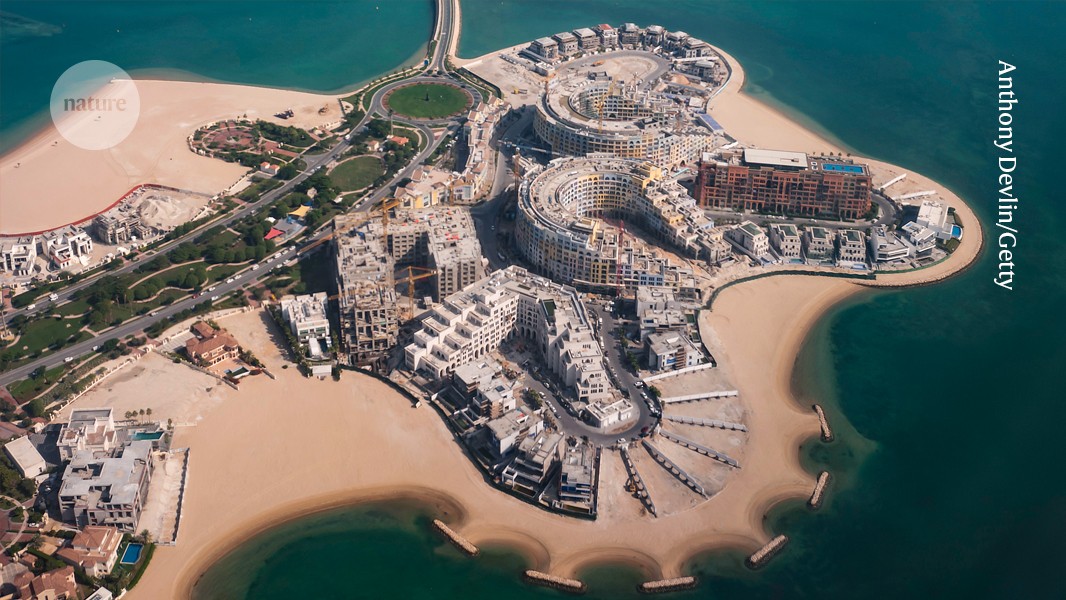Building sustainable settlements on the water is a feasible option for climate adaptation, as long as people and ecosystems are protected.
The idea of living on water is not new.
It has been traced back to around ad 700 during the Tang Dynasty in China.
On Lake Titicaca in Peru, the Indigenous Uros People have long settled on artificial islands made from roots and reeds.
Homes and villages on stilts are widespread, from Ha Long Bay in Vietnam to Chong Kneas in Cambodia, Ganvie in Benin and Makoko in Nigeria.
Amsterdam, Jakarta, Mexico City and Seattle in Washington have long embraced houseboats and floating markets.
Assure practicality
Planners, engineers and environmental specialists must assess the construction materials, structural integrity, safety, cost, market demand and financial sustainability of climatopia projects.
Amphibious climatopias are relatively cheap. Their proximity to land allows for easy access to electricity, fresh water and waste disposal, which can reduce maintenance costs.
Reclaimed islands, which demand extensive engineering work and lengthy construction times, are the costliest option. The Ocean Flower Island reclamation project, completed in 2020, took 12 years to build and cost $25 billion.
Floating cities need less upfront investment — the one in the Maldives is expected to cost $1 billion, for example — but their maintenance costs can be relatively high, and construction materials are prone to corrosion and damage from tidal waves.
As a child, I was always fascinated with floating settlements - probably stemming from watching some documentary at a young age.
I never thought I’d have to live in one out or necessity, but here we are.



